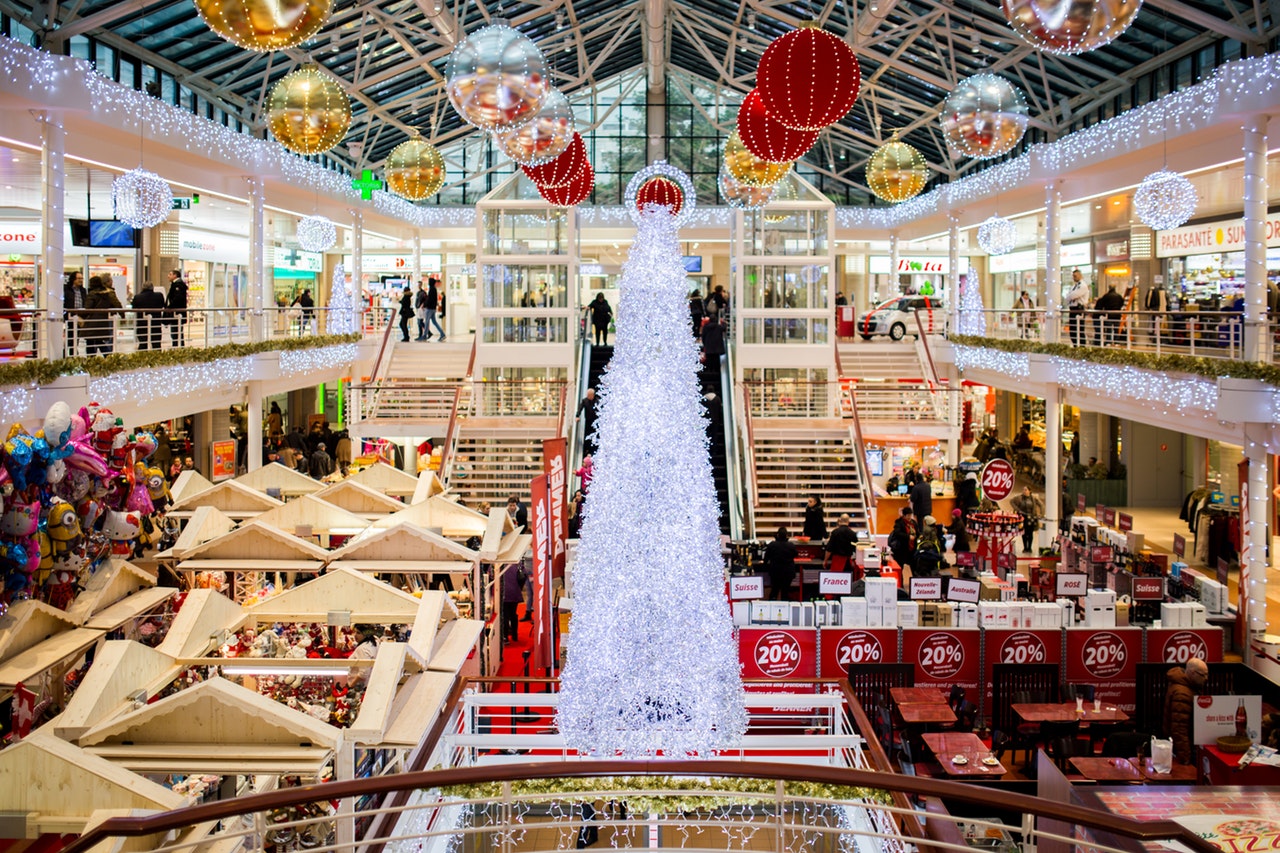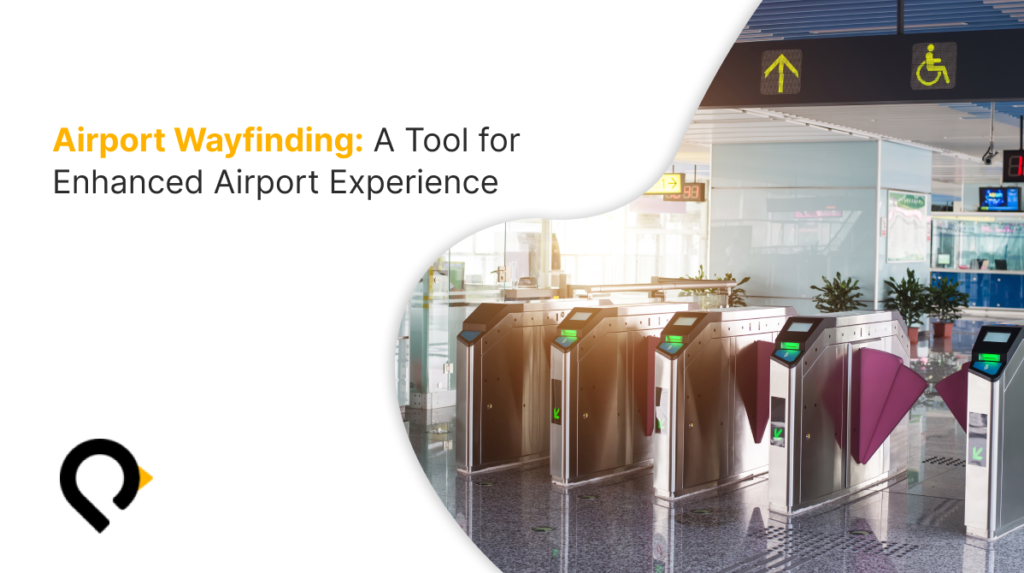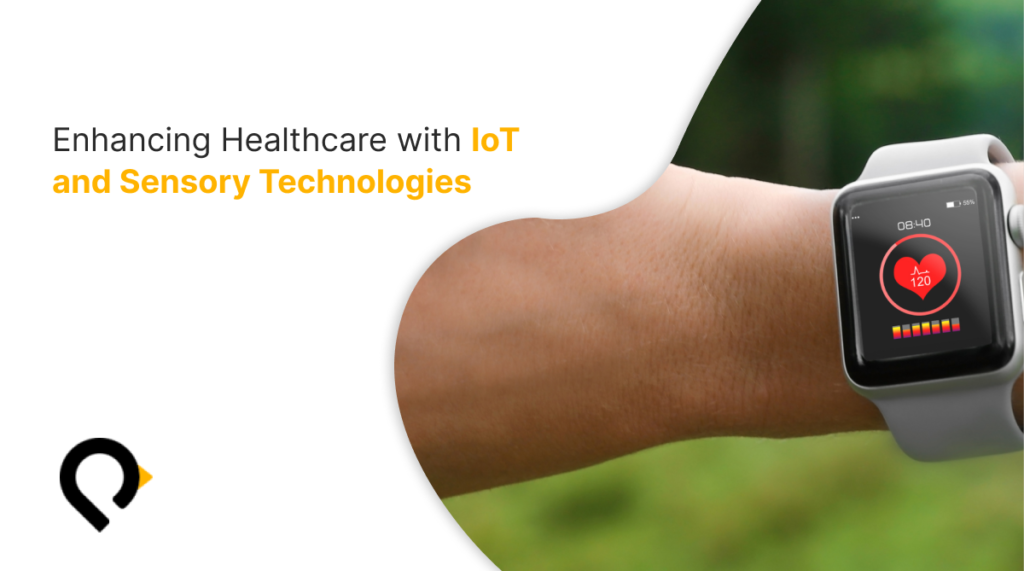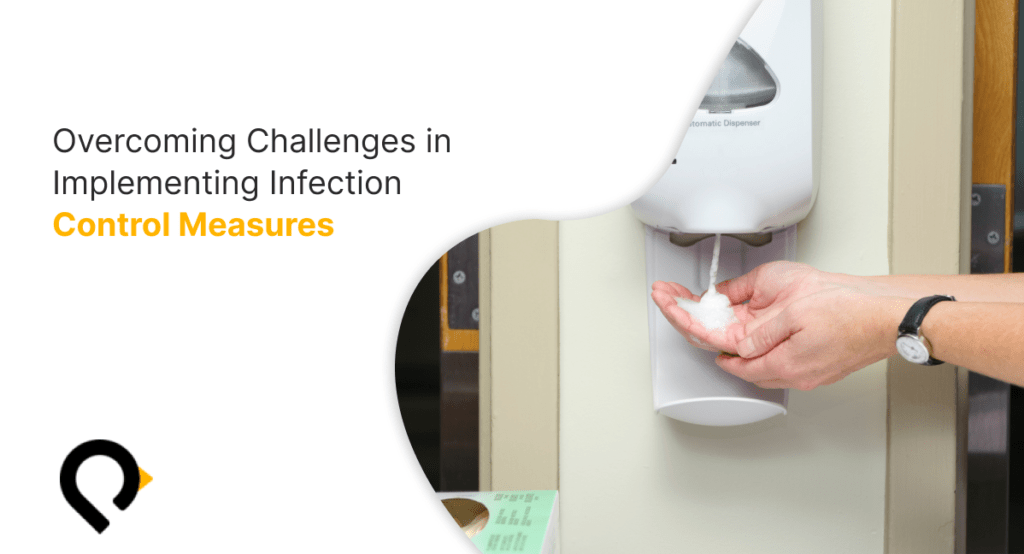
As a child, I recall the one hot Philadelphia summer where my dad gave me drill exercises day after day on how to use a paper map (it was referred to as a map then). Fast forward thirty years, and I have a drawer full of paper maps which I have not used for more than a decade. Navigation apps have succeeded in delivering turn-by-turn instructions for millions (if not billions) of people. This is all fine and dandy until we move indoors, where GPS signals are non-existent and all of a sudden, one has to rely on their basic instincts even without stars!

Twenty years after the public release of GPS, indoor venues still suffer poor digital wayfinding experience. To validate this problem, I spent a few days in a major shopping center (the name of which I will keep confidential) observing people standing in front of map stands and talking to venue ushers. This led me to the conclusion that visitors are FRUSTRATED! And this is affecting customer experiences. Visitors are FRUSTRATED.
Regardless of all the chatter, indoor navigation is still a problem. For indoor wayfinding, the majority of the mobile apps provide nothing but a digital map and in a few cases some directions while requiring the visitor to enter their current location and their desired destination. In such applications, even knowing the direction of travel is in itself difficult.
So what does the end-user want?
Trying to collapse all the stories and observations I gathered into points to share with our UX team, I came up with the following summary:
- People have clear expectations: their outdoor navigation experience must carry indoors
- Confuse me no further: it is one thing to have a frantic blue dot, and it is entirely another to guide a visitor down the wrong path
- People are willing and sometimes looking forward to consuming tailored information from their location based indoor navigation app.
- Indoor time is likely a social time. People want to interact and socialize with other people (feature rich like find my friends, share things, capture pics, etc..)
- The younger crowd is looking to spice things up with gaming (ehm, PokemanGo!)
It has become apparent after this experiment that an indoor navigation solution is much more than providing an accurate, stable blue dot; which in itself is very challenging. Indoor navigation apps have their unique requirements which are different than their outdoor counterparts. These requirements must be translated and sometimes leveraged into product features and UI/UX elements to ensure the success of any solution.
Why is Managed RTLS the way to go?
“Our Indoor navigation app worked at the beginning, but over time the accuracy degraded significantly. It became unusable. I am now expected to fix this broken system which I have no experience with.” This is the narrative of a frustrated IT department manager we worked with recently at a major shopping center.
Read more: Indoor Positioning – Smart Building
Talking to few retail venue operators, I came to the realization that the customer for indoor RTLS solutions inside such organizations is the marketing teams and not the IT departments. However; it is IT departments which are commissioned with setting up the RTLS solution and ensuring its ongoing adequacy to support the needed use cases.
Being overworked and understaffed, most IT departments view such requests with a justifiable lack of enthusiasm. This is particularly true due to the plethora of technologies used in indoor RTLS solutions; many of which sit outside the classical domain of the IT department (e.g. BLE beacons, magnetic field). Qualifying and supporting such solutions is proving to be a challenge.
A broken RTLS system is a sore point for everybody: marketing professionals cannot reach their clientele and fail to show the promised ROI. IT departments are blamed with little inkling as how to fix it. Venue visitors are frustrated and leave blatant reviews.
Such experiences are a key driver for Waseela to offer PenguinIN Indoor Wayfinding as a managed service where the blue dot accuracy is guaranteed over space and over time. Instead of delivering the infrastructure and waiting for the visitor to comment on the promised accuracy; PenguinIN’s operations team ensures that every nook and corner is tested and evaluated for accuracy initially and periodically. A leading hardware vendor commented upon experiencing PenguinIN’s performance: “that is indeed impressive. The business model with on ground services does of course make sense when you in return can deliver this level of experience.”
Benefits of Modern Indoor Wayfinding Solutions
Modern indoor wayfinding solutions leverage BLE beacons, Bluetooth Low Energy technology, and interactive maps to provide a seamless and accurate navigation experience. These technologies work together to offer real time location tracking, enhancing the visitor experience and providing step by step directions within complex indoor environments such as shopping malls.
Furthermore, the use of location-based services ensures that the navigation experience is tailored to the specific needs of the user. By integrating with mobile devices, these systems can provide real-time updates and notifications, further improving the customer experience.
If you have had similar experiences with indoor RTLS systems, please let us know. Also, feel free to share it via email or on Twitter or Facebook. Thank you!




